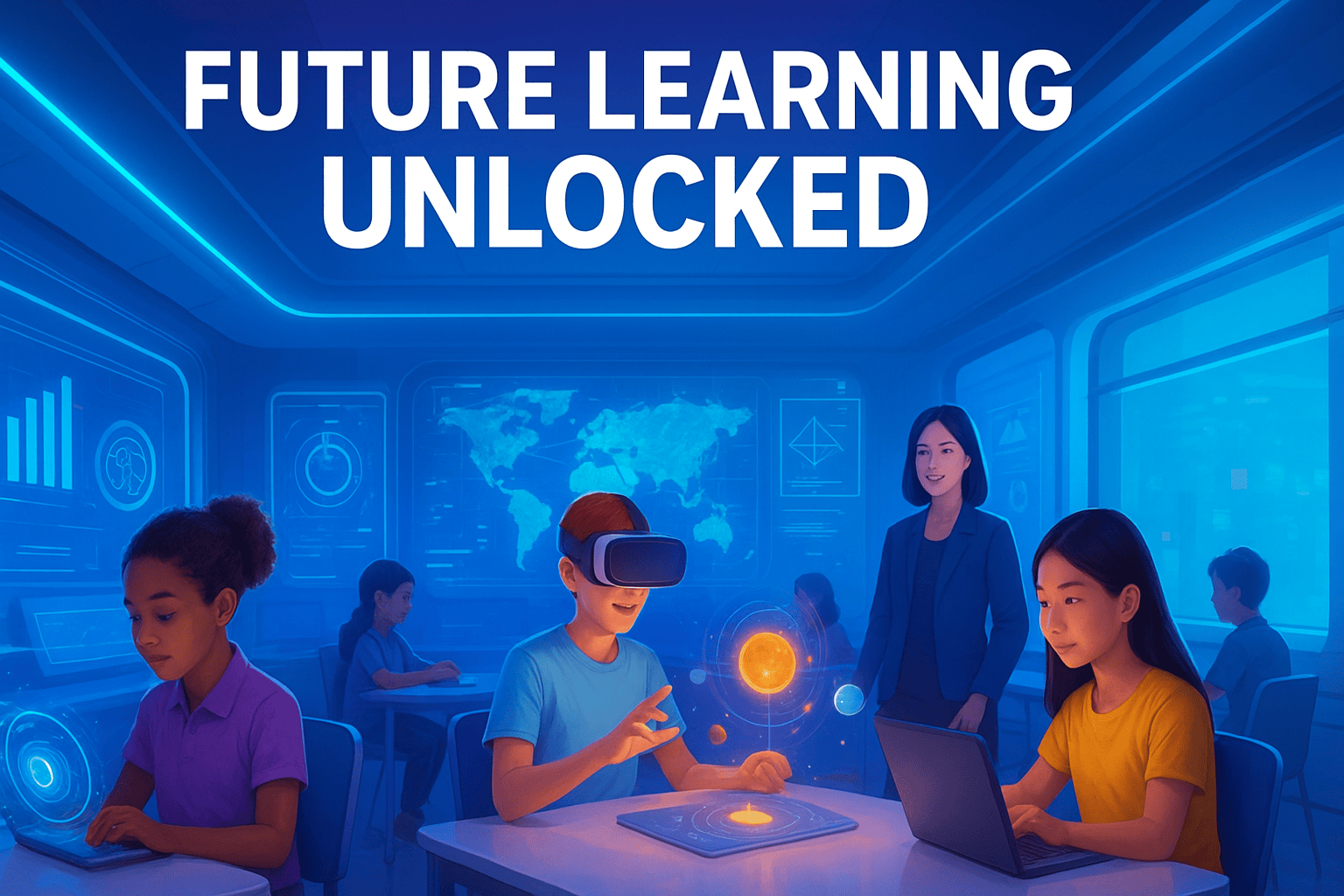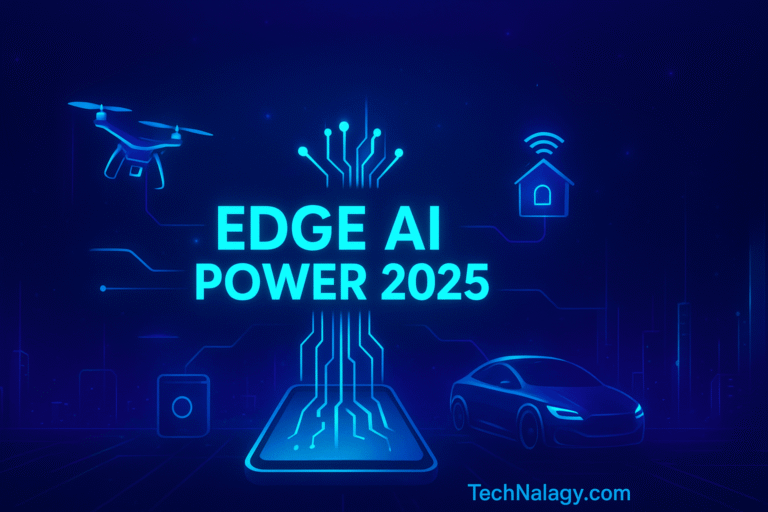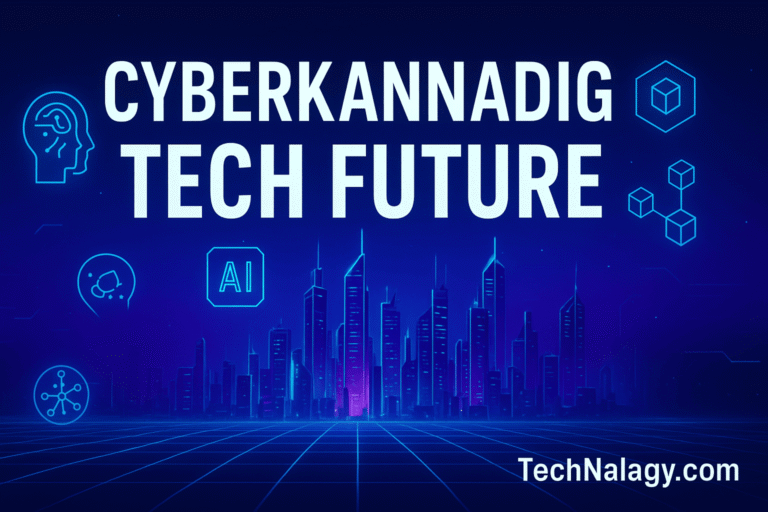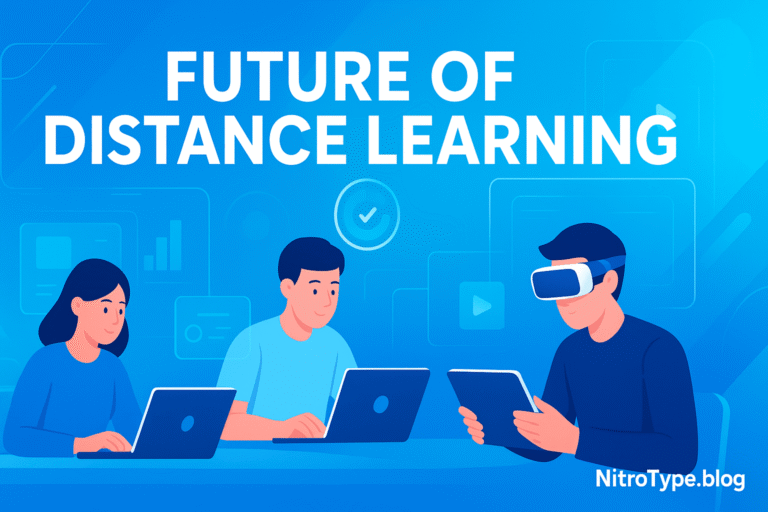How Classroom 30x Technology is Transforming Education in 2025
Introduction
The year 2025 marks a defining moment in the evolution of education. Classrooms no longer rely solely on whiteboards, textbooks, and lectures. Instead, technology has woven itself into the fabric of daily learning, making lessons more interactive, adaptive, and data-driven. One of the most significant advancements is classroom 30x — a modern learning concept that multiplies the possibilities of traditional teaching by thirtyfold.
The “30x” represents a dramatic leap in how students engage with material, collaborate with peers, and access knowledge. This isn’t just about adding more screens or gadgets; it’s about integrating smart systems, gamified learning, artificial intelligence, and flexible classroom design to create a more personalized and immersive experience. In this article, we will explore what classroom 30x really means, how it works, the benefits it brings, the challenges it faces, and the future it promises.
Table of Contents
What is Classroom 30x Technology?
Classroom 30x is not a single tool or piece of software — it’s an educational model. The idea is to increase the capacity for learning, interaction, and adaptability thirty times beyond that of a traditional classroom. This transformation is achieved by combining:
- Gamified learning platforms that keep students engaged
- Artificial intelligence for personalized lesson delivery
- Immersive technologies like virtual and augmented reality
- Smart classroom layouts with flexible, collaborative spaces
- Real-time performance tracking to adapt teaching instantly
A classroom 30x setup might include interactive boards, AI tutors, VR headsets for immersive history lessons, and data analytics tools that help teachers identify when a student is struggling before it becomes a serious problem. It is designed to work for both physical and hybrid environments, ensuring that location does not limit learning opportunities.
The Evolution of Educational Technology
From Chalkboards to Smart Boards
For decades, classrooms relied on chalkboards, overhead projectors, and printed worksheets. While these methods served their purpose, they lacked interactivity and real-time adaptability. The shift began with smart boards, allowing teachers to integrate multimedia, annotate live, and store lesson materials digitally.
The Rise of Adaptive Learning Systems
Adaptive learning platforms changed the game by adjusting lesson difficulty based on student performance. If a student excels in a topic, the system challenges them further. If they struggle, it provides remedial exercises or alternative explanations.
The Generative AI Breakthrough
In recent years, AI models have taken personalization to a new level. These tools can generate tailored practice questions, interactive simulations, and even personalized feedback for each student. In classroom 30x, AI is a central component, working behind the scenes to customize the learning journey.
Just as employees are secretly using AI tools to boost efficiency in workplaces, Shadow Productivity 2025 reveals how AI is changing productivity — and in classrooms, it is revolutionizing learning.
Key Features of Classroom 30x
1. Gamified Learning Environments
One of the most visible aspects of classroom 30x is its gamified approach. Rather than relying on rote memorization, students learn through challenges, quizzes, and educational games. A math lesson might involve solving puzzles to unlock levels, while a geography class could include interactive map competitions.
2. Immersive and Interactive Technology
Virtual reality (VR) and augmented reality (AR) transform subjects from static to experiential. Students can explore ancient civilizations in 3D, simulate science experiments without safety risks, or practice language skills in virtual environments with native speakers.
This transformation extends beyond classrooms, as Ambient Intelligence Future Tech explores how smarter, adaptive environments are shaping the future of education.
3. AI-Powered Personalization
AI algorithms track student progress and adjust learning material accordingly. This means no two students in a classroom 30x setting have the exact same learning path. It also frees teachers from one-size-fits-all instruction, allowing them to focus on coaching and mentorship.
4. Real-Time Performance Monitoring
Classroom devices collect data on student engagement, comprehension, and activity. Teachers receive instant alerts when a student shows signs of disengagement, enabling immediate intervention.
5. Flexible Learning Spaces
Physical classroom 30x designs often feature movable furniture, collaboration pods, and technology stations. The layout adapts to the type of activity — from group brainstorming to individual study.
Benefits for Students, Teachers, and Institutions
Student Benefits
- Increased Engagement: Learning feels more like a game than a chore, keeping attention levels high.
- Personalized Learning: Students progress at their own pace, reducing frustration and boredom.
- Broader Skill Development: Beyond academics, students improve in problem-solving, collaboration, and creativity.
Teacher Benefits
- Efficiency: AI handles repetitive grading and lesson customization, saving hours of administrative work.
- Insightful Data: Real-time analytics highlight which students need help and which are ready for advanced material.
- More Time for Human Connection: With routine tasks automated, teachers can focus on mentoring.
Institutional Benefits
- Future-Ready Students: Graduates leave with digital literacy and adaptability skills crucial for modern workplaces.
- Optimized Resources: Data-driven insights ensure technology investments are used effectively.
- Enhanced Reputation: Schools offering classroom 30x gain a competitive edge in attracting students and staff.
Real-World Examples of Classroom 30x in Action
While the concept is still emerging, early adopters are reporting promising results. Some schools have implemented classroom 30x by blending VR history lessons, AI-driven math tutoring, and gamified language learning apps. Others are using mobile-friendly, login-free platforms that allow students to access games and quizzes from anywhere.
One notable case involved a middle school introducing a classroom 30x model for science lessons. Students participated in virtual lab experiments, used AI to receive instant feedback, and collaborated on group projects via cloud-based workspaces. Test scores improved, but more importantly, student participation increased significantly.
How to Implement Classroom 30x in 2025
- Set Clear Goals: Define the skills and outcomes you want to achieve.
- Start Small: Introduce one or two gamified or AI tools before overhauling the entire classroom.
- Train Teachers: Provide hands-on workshops and ongoing support.
- Ensure Infrastructure Readiness: Stable internet, secure devices, and tech support are essential.
- Monitor and Adjust: Collect feedback from both teachers and students to refine the approach.
Challenges and How to Overcome Them
Cost and Accessibility
Advanced technology can be expensive, and not all schools have equal funding. Solutions include using open-source tools, partnering with tech companies, and adopting a phased rollout.
Teacher Training
Some educators may feel overwhelmed by new tools. Continuous professional development is key, focusing on both technical skills and teaching strategies for technology-rich environments.
Data Privacy
With increased data collection, protecting student information is crucial. Schools should adopt robust security protocols and comply with data protection regulations.
Future of Classroom 30x Beyond 2025
The future of classroom 30x will likely see even deeper integration of AI, making lesson delivery and student support more seamless. Extended reality (XR), blending AR and VR, will expand subject possibilities. Additionally, low-tech AI solutions will help under-resourced schools benefit from adaptive learning without high hardware costs.
Global reports such as OECD’s Trends Shaping Education 2025 highlight how AI, VR, and adaptive systems are set to redefine education worldwide.
Conclusion
In just a few short years, classroom 30x could become the new standard for education. By combining gamification, AI, immersive experiences, and adaptive design, it delivers thirty times the engagement and personalization of traditional classrooms. While challenges remain, the potential for improving both learning outcomes and teaching efficiency is undeniable.
Schools that embrace classroom 30x in 2025 position themselves not only as early adopters of technology but as leaders in creating richer, more inclusive, and more effective learning environments.
❓ Frequently Asked Questions (FAQs)
1. What makes Classroom 30x different from traditional classrooms?
Classroom 30x goes far beyond digital whiteboards and online lessons. It combines AI, gamification, VR/AR, and flexible classroom design to make learning thirty times more interactive, personalized, and engaging compared to traditional teaching models.
2. How does AI improve learning in Classroom 30x?
AI in Classroom 30x tracks student progress in real time, adjusts lesson difficulty, and provides instant feedback. This ensures that every learner follows a customized path, helping advanced students move ahead while supporting those who need extra guidance.
3. Can Classroom 30x work in hybrid or remote learning environments?
Yes. One of the strengths of Classroom 30x is flexibility. Its AI systems, cloud tools, and gamified apps allow students to engage from anywhere, whether in a physical classroom or online.
4. What challenges might schools face when adopting Classroom 30x?
The main challenges include high implementation costs, ensuring equal access to technology, training teachers to adapt, and maintaining strong data privacy protections.
5. What is the future of Classroom 30x beyond 2025?
Classroom 30x is expected to evolve with extended reality (XR), smarter AI tutors, and cost-effective adaptive tools. This will make immersive and personalized learning accessible to more schools worldwide.

Kamran Khatri is the founder of technalagy.com, where he shares insights on AI, future tech, gadgets, smart homes, and the latest tech news. Passionate about making innovation simple and accessible, he writes guides, reviews, and opinions that help readers stay ahead in the digital world.







